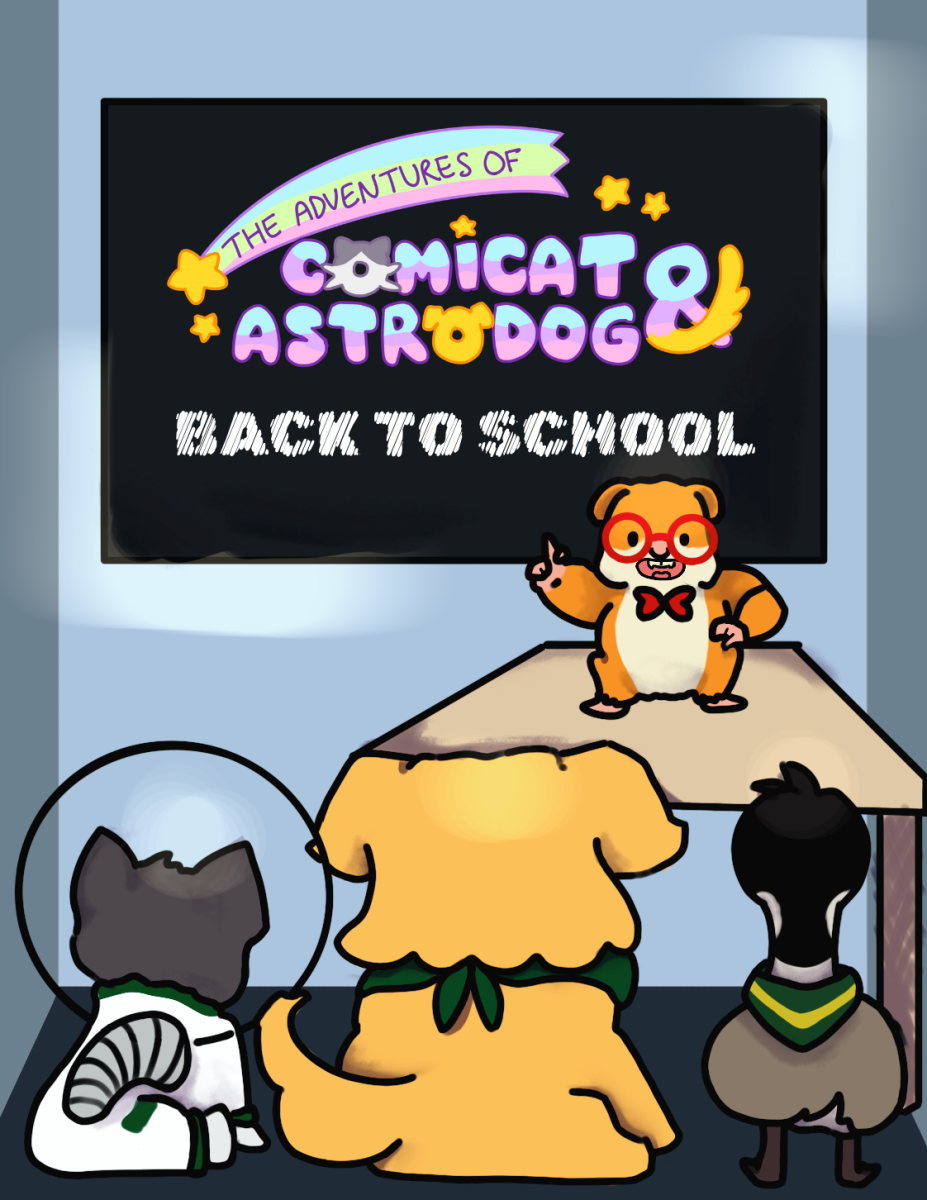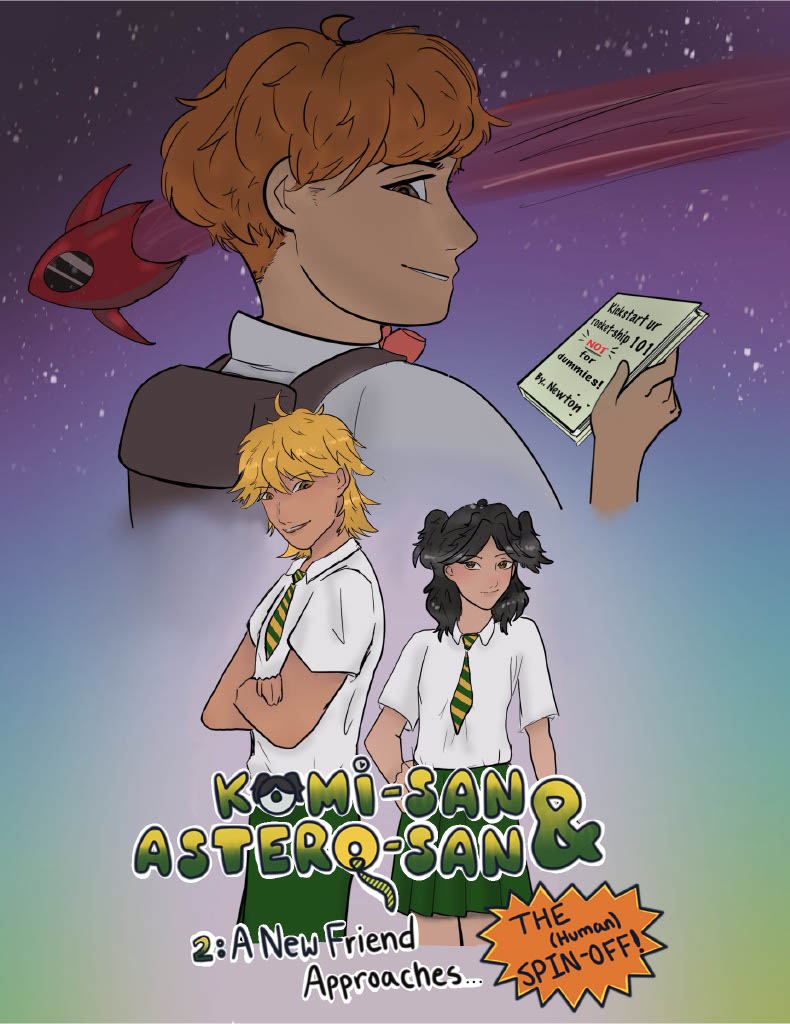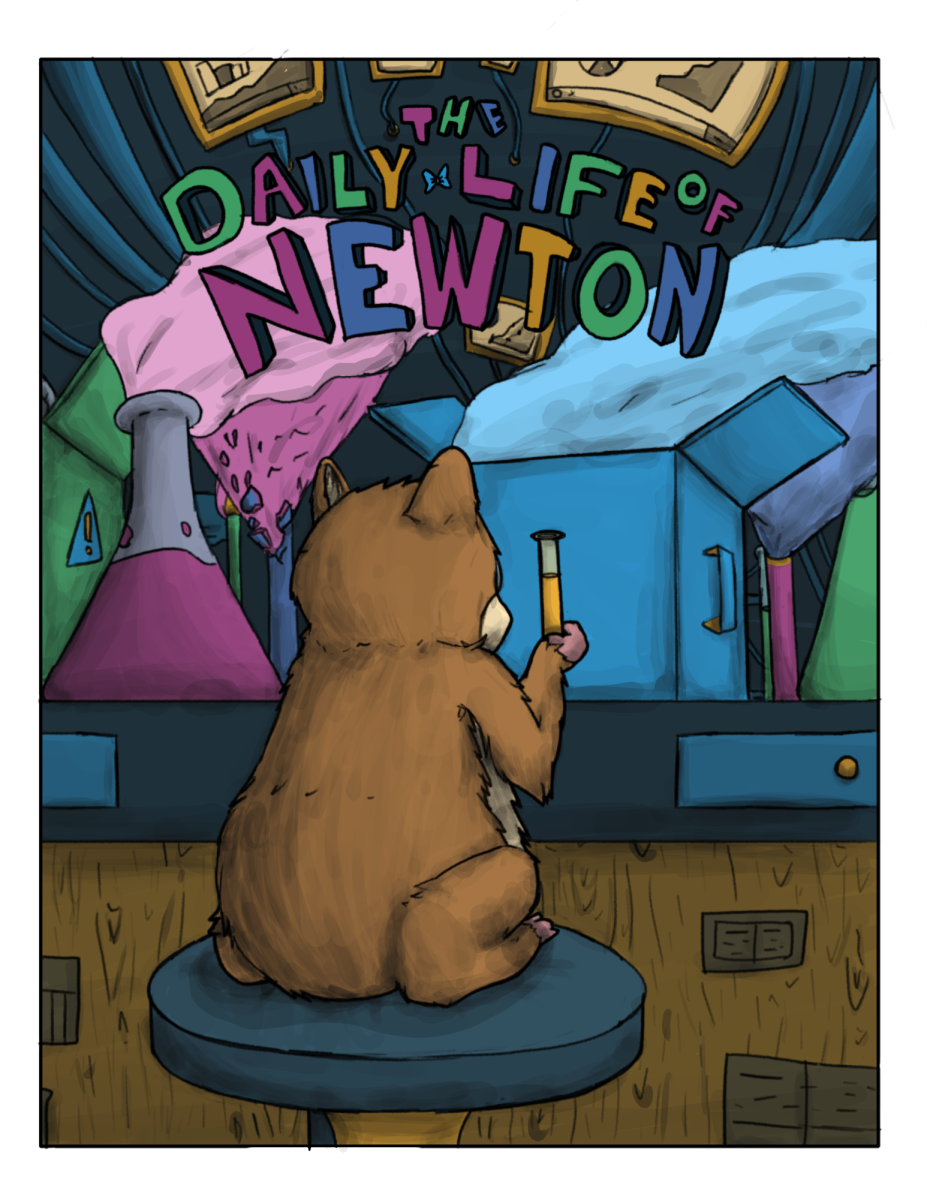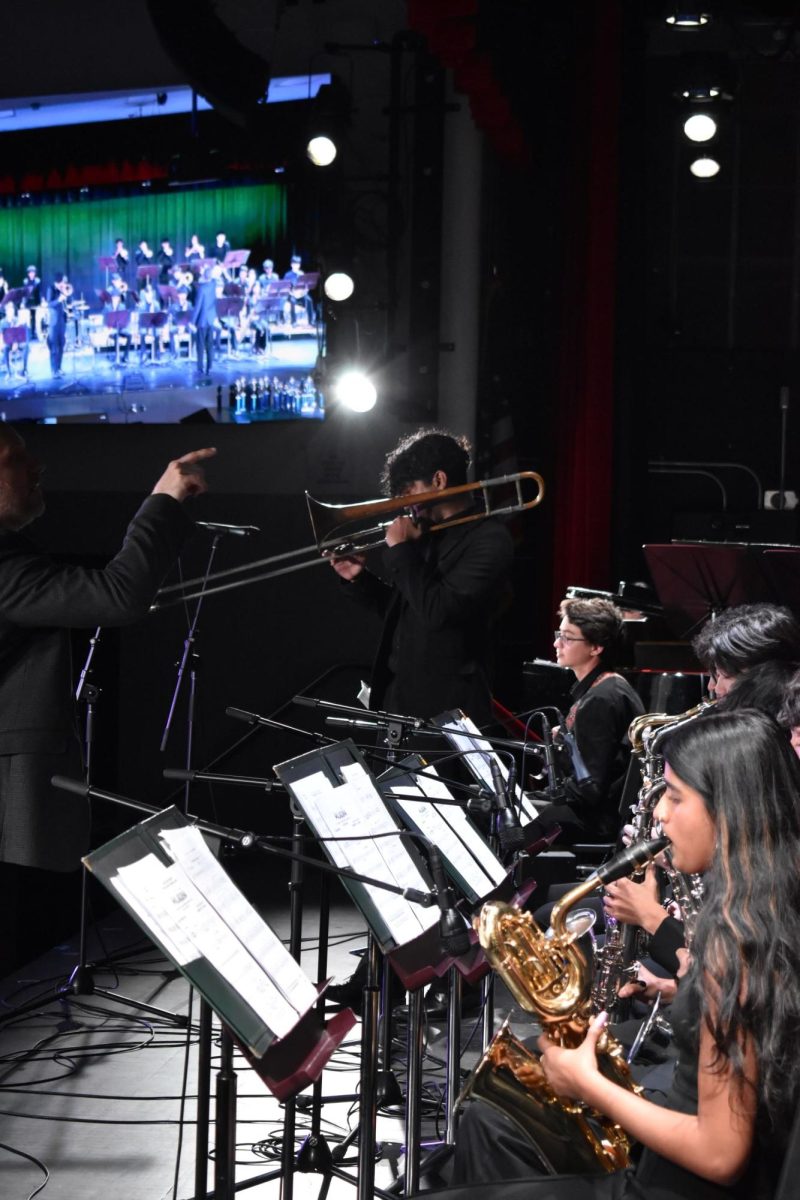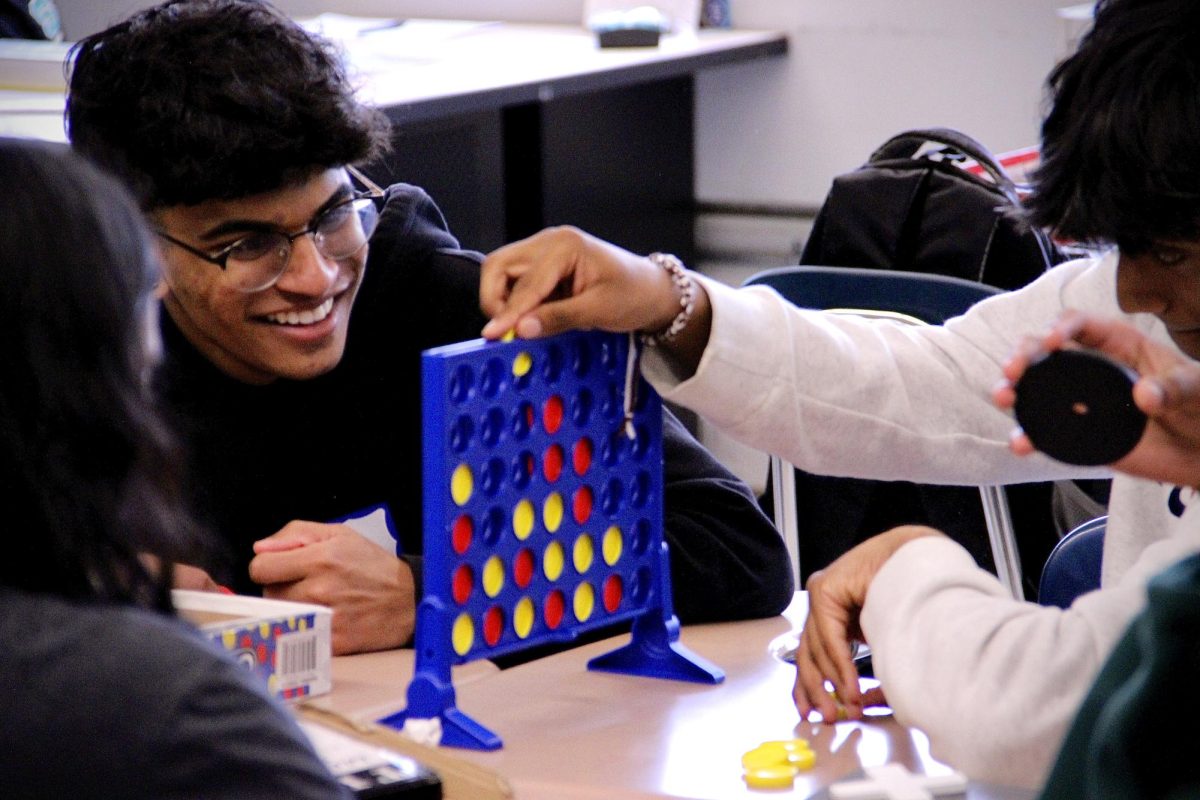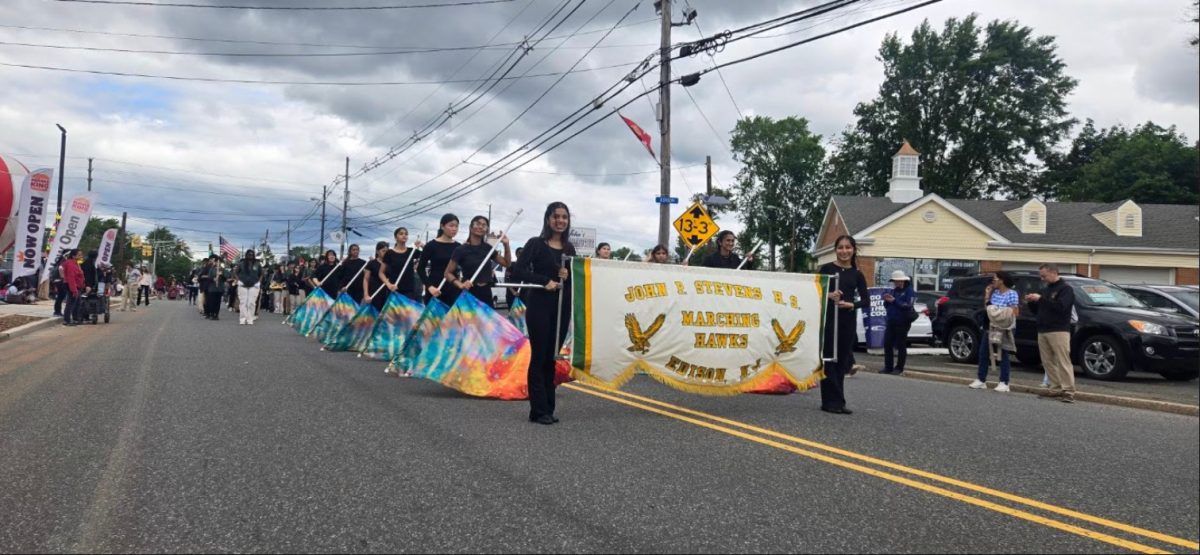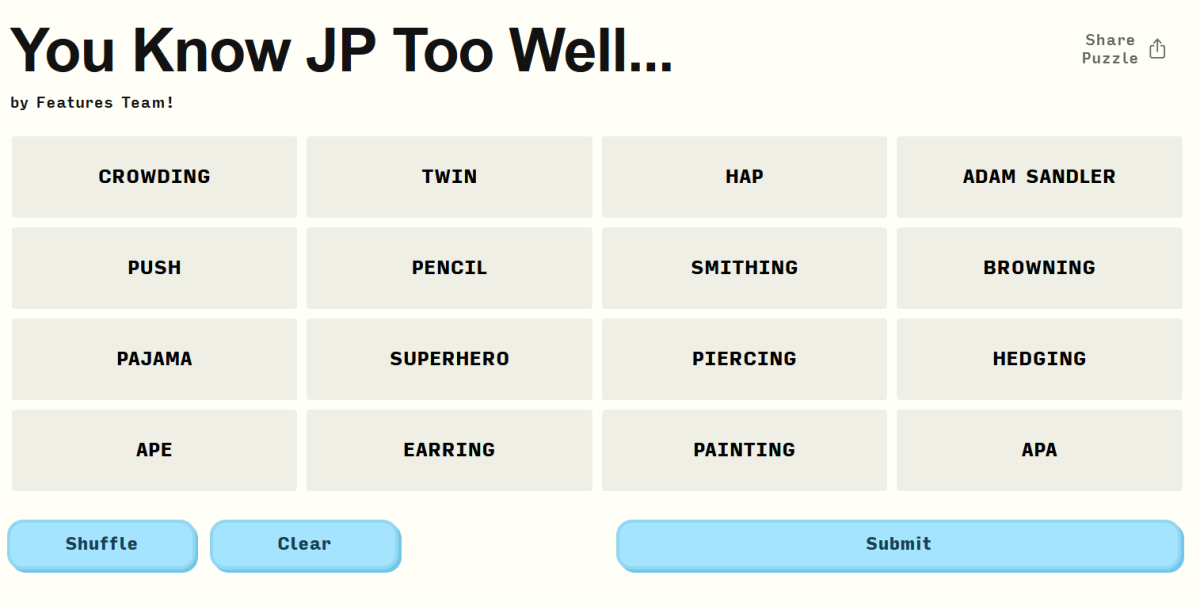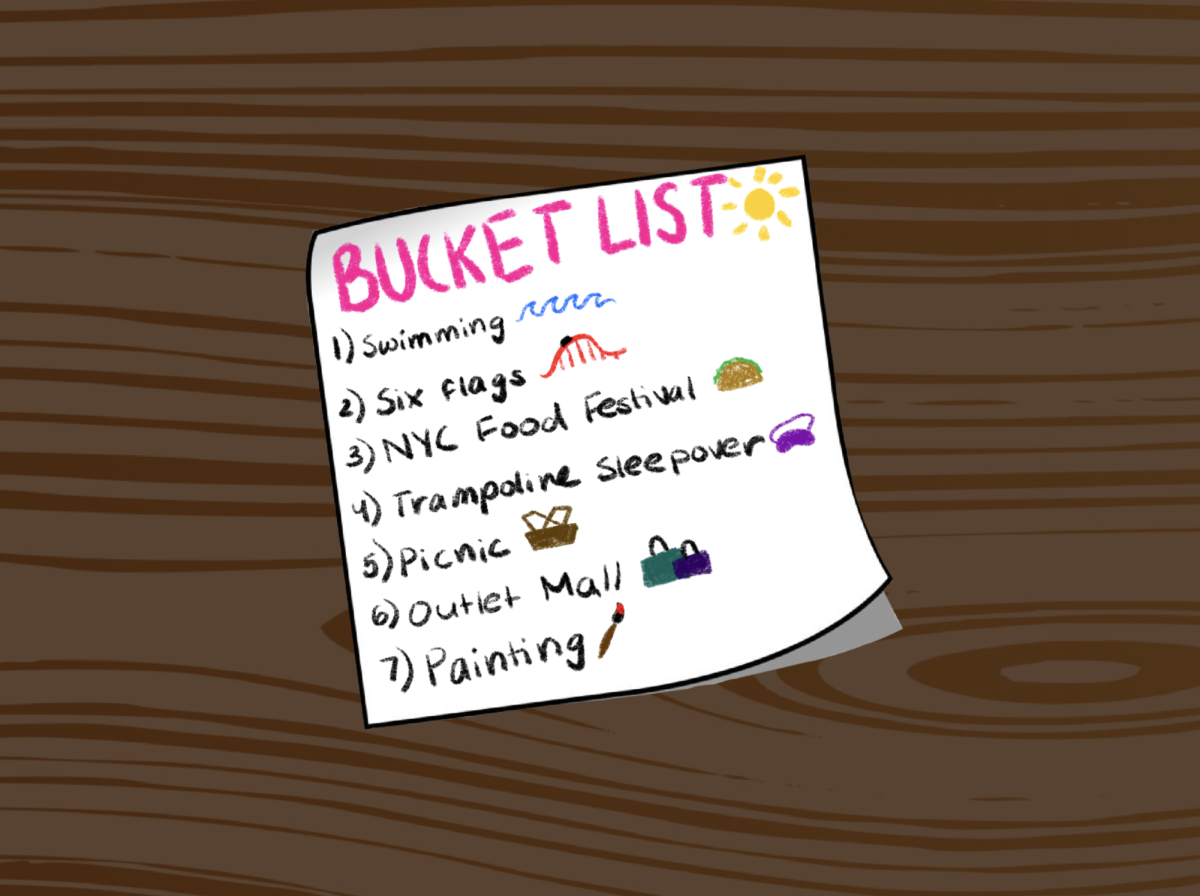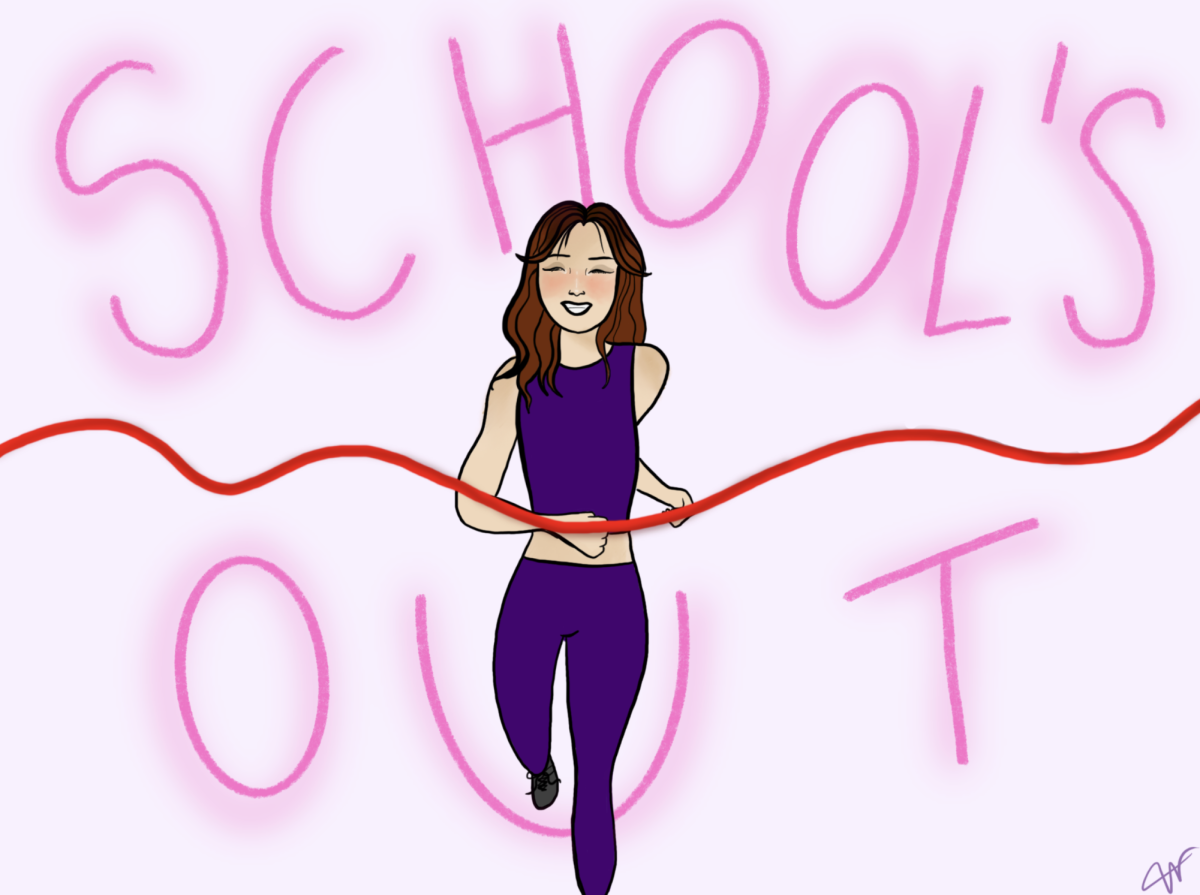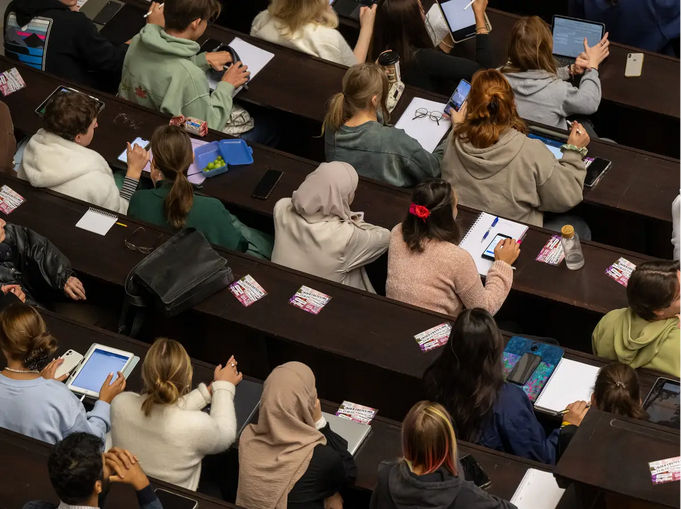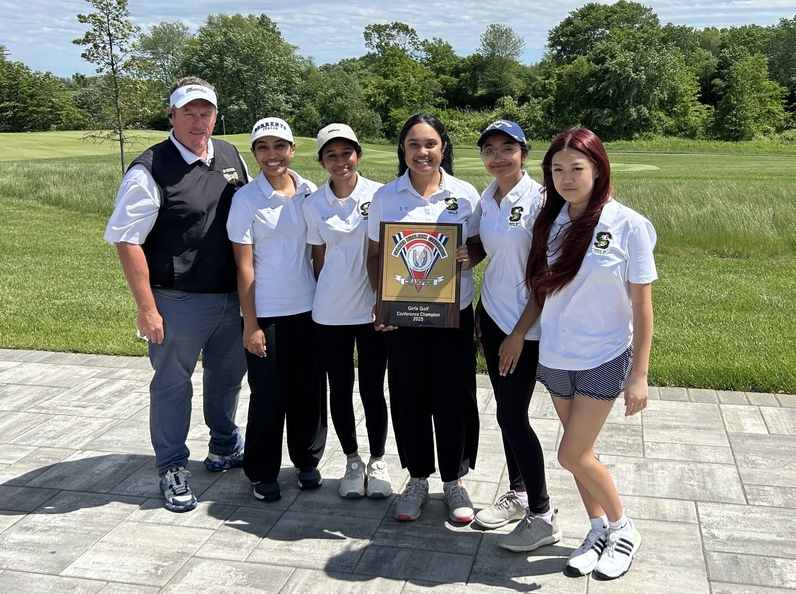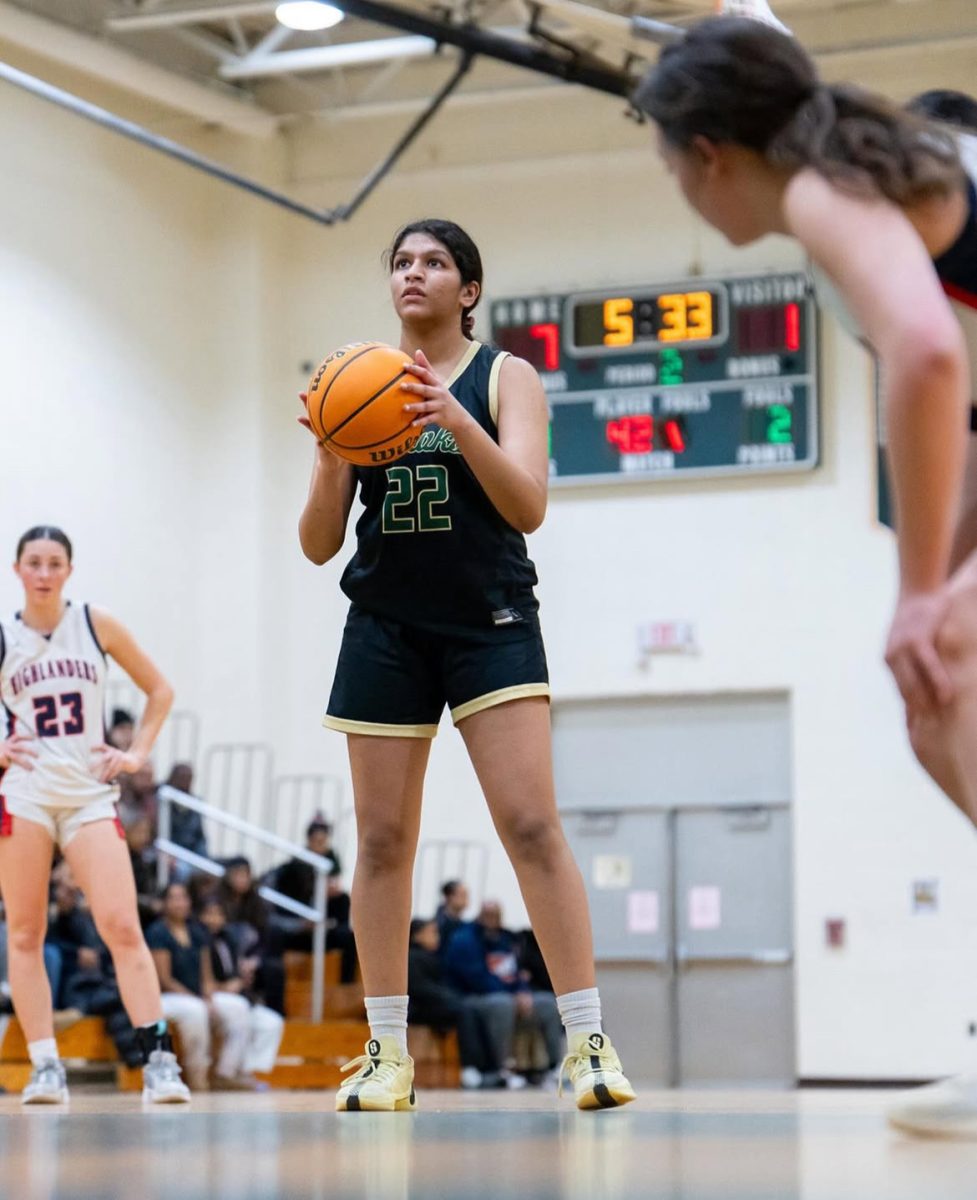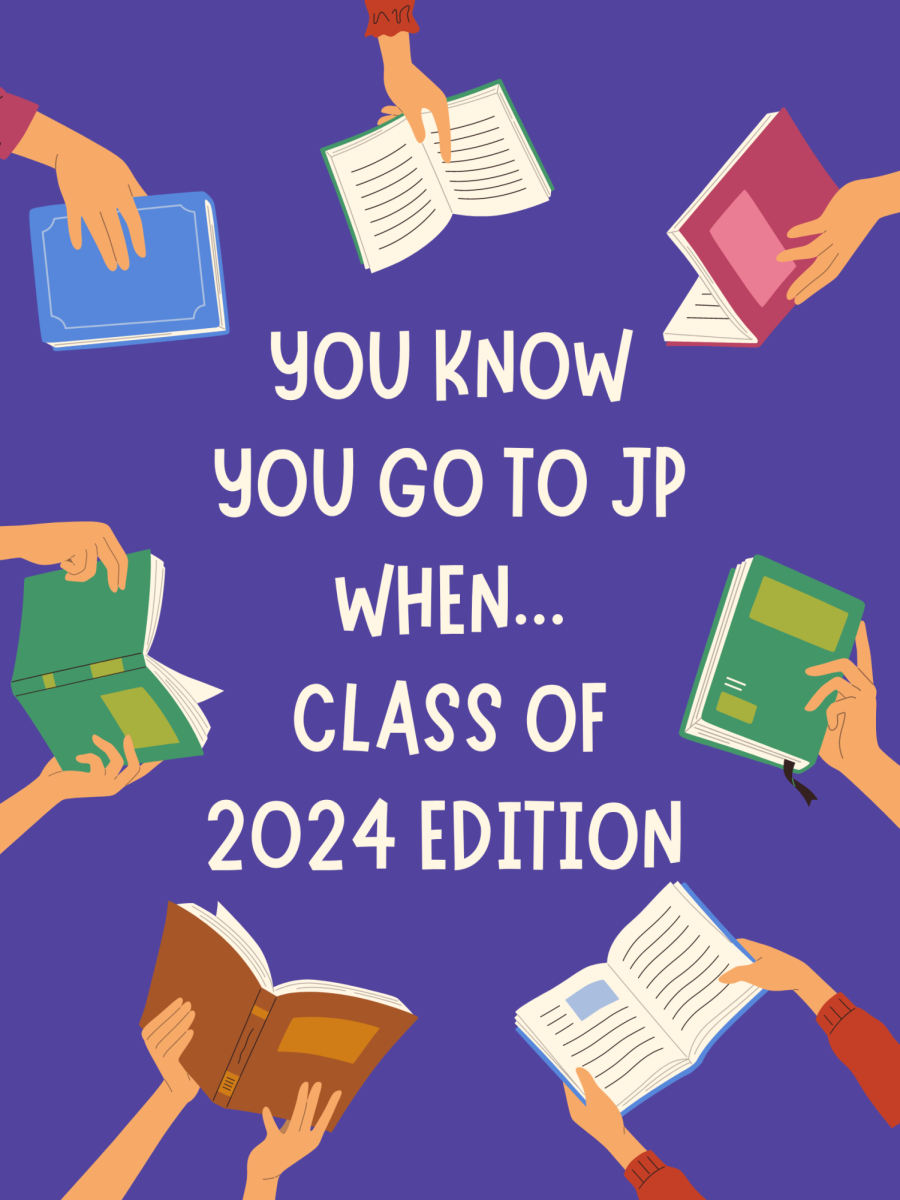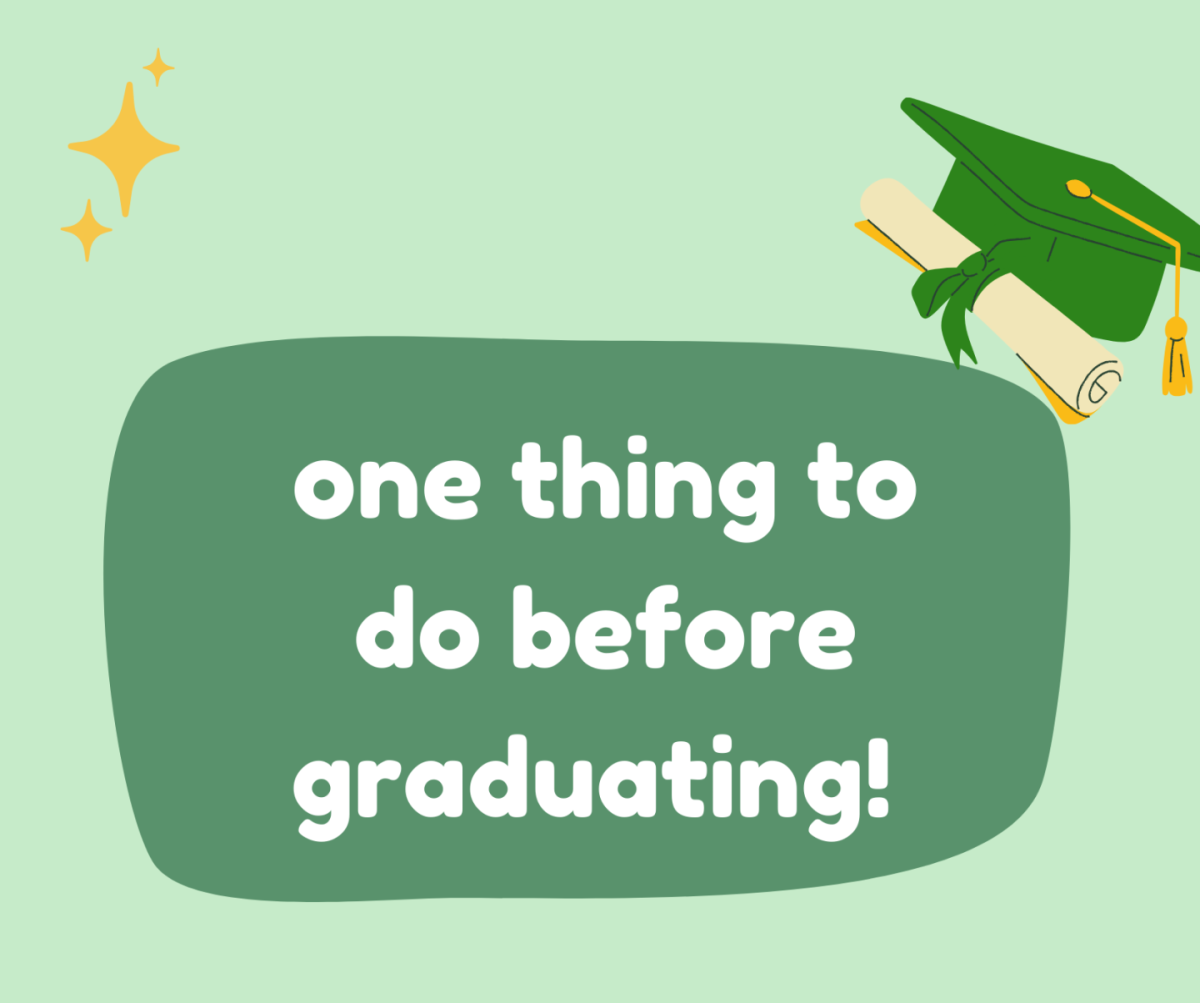At John P Stevens High School, we are privileged to have such an outstanding music program. From competitions to concerts to trips, we do it all. However, in the current state of the economy, funding is being cut for many public schools. Because of these tight budgets, schools are forced to reduce funding for some programs, and one of the targets from these budget cuts are music electives. Because of academic priorities, math and English courses are the pivotal points of a student’s focus, while end up being cut. But what does “cut” exactly mean? When a program’s funding gets reduced or cut, there are fewer class opportunities, limited resources for students, and in some cases, the program ends up being removed from a school entirely. This first happened fifteen years ago after the Great Recession when most public schools were severely underfunded, so schools all over the nation reduced funding for their arts programs. For example, according to the Save the Music Foundation, 42% of schools in Georgia removed art and music completely after the recession.
While it is understandable that there may be budget cuts, music education allows a student to follow their passion, which makes it something essential for schools to teach. Students who are not introduced to instruments and music in general from an early age are unlikely to pursue or learn this passion when they get older and people get busy with college and work. Music education in schools helps students discover their passion, and gives them the resources they need to do so. Removing music education from schools could perpetuate an economic gap between students because those with the resources and financial stability can pursue and afford lessons, instruments, and adequate resources outside of school, but those without that opportunity would not be able to afford such luxuries. Giving students the option to select music as an elective allows them to gain a sense of independence and heightens their learning experience. Majority of the time, music programs in schools pick a diverse set of pieces and songs for students to learn, allowing them to learn about different cultures while building empathy and global awareness.
Moreover, music helps cognitive and emotional development. By providing an outlet for creativity, music allows students to communicate their feelings and learn more about different cultures through different types of music. Music also teaches students to listen actively to their own thoughts and the people around them. Music is created when an entire ensemble works together to sound like one. For example, singers and instrumentalists may be seen swaying or breathing together when playing a piece of music. The act of learning how to combine your own individual tone with the rest of the ensemble to become “one” promotes teamwork and a sense of community.
Ritika Dhanasekar, a junior, says that “being part of an ensemble creates unbreakable bonds and goes beyond a classroom. Music is something that is essential to life.”
Music education brings together a group of people regardless of their background, culture, race, or ethnicity. It transcends language barriers and academic barriers. Moreover, music education builds a sense of discipline in a student’s life, which is necessary for future success, and serves as a stress reliever from the stressors of schoolwork, extracurriculars, and testing. To encapsulate a student’s creativity, keeping music education in schools is incredibly important.


